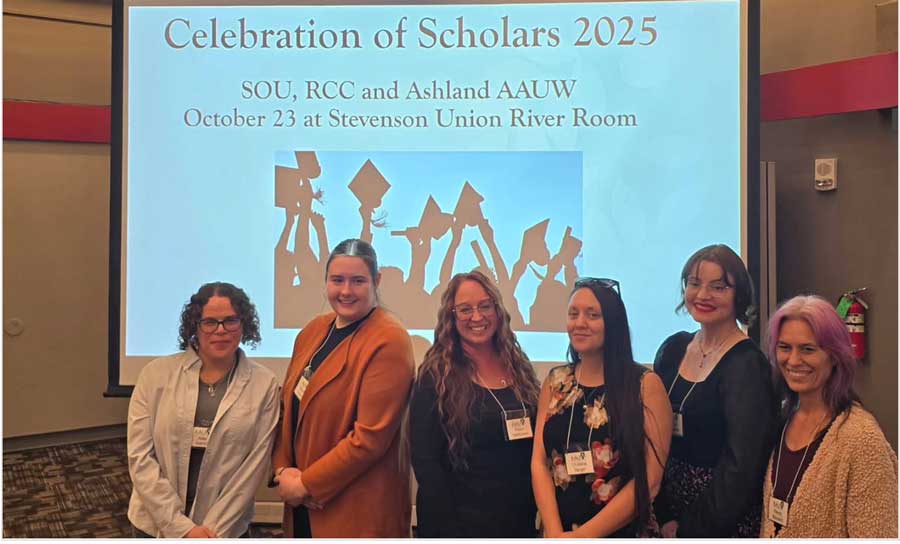The increased costs for schools to the Public Employee Retirement System in the next two years will more than wipe out the governor’s proposed increases in school funding
By Alex Baumhardt, Oregon Capital Chronicle
Oregon school districts are projected to pay $670 million more to the state’s public employee pension program over the next two years, potentially wiping out all increases to school funding proposed by Gov. Tina Kotek.
The increased tab, more than 10% for some districts, follows lagging returns in investments of the Public Employees Retirement system and could affect teaching and learning in some schools.
“Next year’s sharp jumps in PERS rates will take significant money away from classrooms without making life any better for current educators,” Emielle Nischik, executive director of the Oregon School Boards Association, said in an email. “School districts have done their best to mitigate PERS’ pain, but it is out of their control.”
The impact will vary, with most of Oregon’s 197 school districts and 17 community colleges facing an average 1.5% increase in their payroll going to PERS during the 2025-27 budget cycle, according to a PERS presentation last month.
But 22 districts are facing average increases of 10% or more in part because investment returns have been lower than expected but mainly because side investment accounts meant to help buffer PERS increases are expiring. For 72 school districts that don’t have one of these accounts, the average contribution rate for PERS will soon amount to about 27% of payroll.
Overall, school districts and colleges will pay $565 million more in the next two years compared with the 2023-25 biennium, while about 77,000 vested employees, who also pay into PERS, will pay $105 million more.
The increased costs to districts will more than erase the $515 million boost proposed by Kotek for school funding for the 2025-26 and 2026-27 school years. She announced in July that she’d ask the state Legislature early next year to send more than half a billion dollars to the State School Fund for the next biennium to boost student outcomes, literacy rates and more. The fund is responsible for the bulk of district funding, and payroll makes up about 85% of school budgets.
The latest PERS increases are the consequence of an uptick in post-pandemic hiring, public sector wages growing faster than anticipated, a pre-2003 investment formula that made employers liable for massive contributions and several years of underperforming investments, according to Kevin Olineck, director of the system.
The latter is the largest reason for the latest increases, he said. PERS investments were 10% lower in 2022 and 2023, collectively, than the four-member, governor-appointed Oregon Investment Council had anticipated.
“The Oregon Investment Council is very highly invested in private equities, and they did less than what the public equity markets did,” Olineck explained. Being heavily invested in private equities has brought mostly beneficial returns for PERS in the last 10 or 15 years, he added, but not in the last few years.
Historic deficit
The increases are also driven by a historic issue with PERS policy that has employees who were hired before 2003 commanding higher contributions from employers than those who were hired after. Many PERS investors up until 2003 were able retire with an annual payout matching their full salary or more due to a program that had employers matching employees’ annual contributions and investment returns.
The state is still struggling to come up with the money to pay for the retirement of those pre-2003 employees, considered Tier 1 and Tier 2 retirees. Employees hired since then are invested in the Oregon Public Service Retirement Plan, or OPSRP, which is intended to pay about 45% of an employees’ salary in retirement.
“Schools’ ever-increasing pension costs are a challenge gifted from decisions made a long time before most current school leaders’ tenure,” Nischik of the Oregon School Board said. Nischik said the state Legislature needs to regularly allocate money to the State School Fund each biennium to meet the true cost of the PERS program on districts given that they are still paying historically high rates for employees hired before 2003. The state will be dealing with high PERS costs as a result of that until about 2043, according to Portland-based Milliman, the state’s actuarial firm.
Side account issue
At least 22 districts facing increases will have to pay double or triple the rate they’re paying now, causing alarm for already pinched school budgets. Gladstone and North Marion school districts are two of more than 20 districts that will be heavily affected as their buffer investments expire. These side accounts typically have a lifespan of 20 or so years, and are funded by districts selling bonds and then sending the money to the state to be invested. The state can then dip into the side account to cover PERS increases for districts each year up until the account runs out.
Gladstone is among those with a sunsetting account.
“Like most school districts in Oregon, Gladstone created a side account 21 years ago to guard against the impact of rate increases. There was no anticipation that during the final years of the account the costs would spike so wildly,” district Superintendent Jeremiah Patterson said via email.
In the North Marion School District, midway between Salem and Portland, the increase will take $1.3 more from payroll during the 2025-26 and 2026-27 school years, district officials said. Crook County School District faces a hike of more than 20% for their Tier 1 and Tier 2 employees, and about 17% for the OPSRP employees, which will cost more than $3 million per year.
Patterson is still working through the numbers and trying to figure out how he’ll go from spending 3% of Gladstone’s payroll on his Tier 1 and Tier 2 employees and 0.11% of payroll on OPSRP employees, to nearly 19% on Tier 1 and Tier 2 employees and nearly 16% on OPSRP employees.
“I’m deeply concerned about the sudden and dramatic escalation of our PERS cost projections for the next biennium,” he said in an email. “It is challenging to imagine diverting critically needed funds away from student needs at a time like this.”
Alex Baumhardt has been a national radio producer focusing on education for American Public Media since 2017. She has reported from the Arctic to the Antarctic for national and international media, and from Minnesota and Oregon for The Washington Post.





















